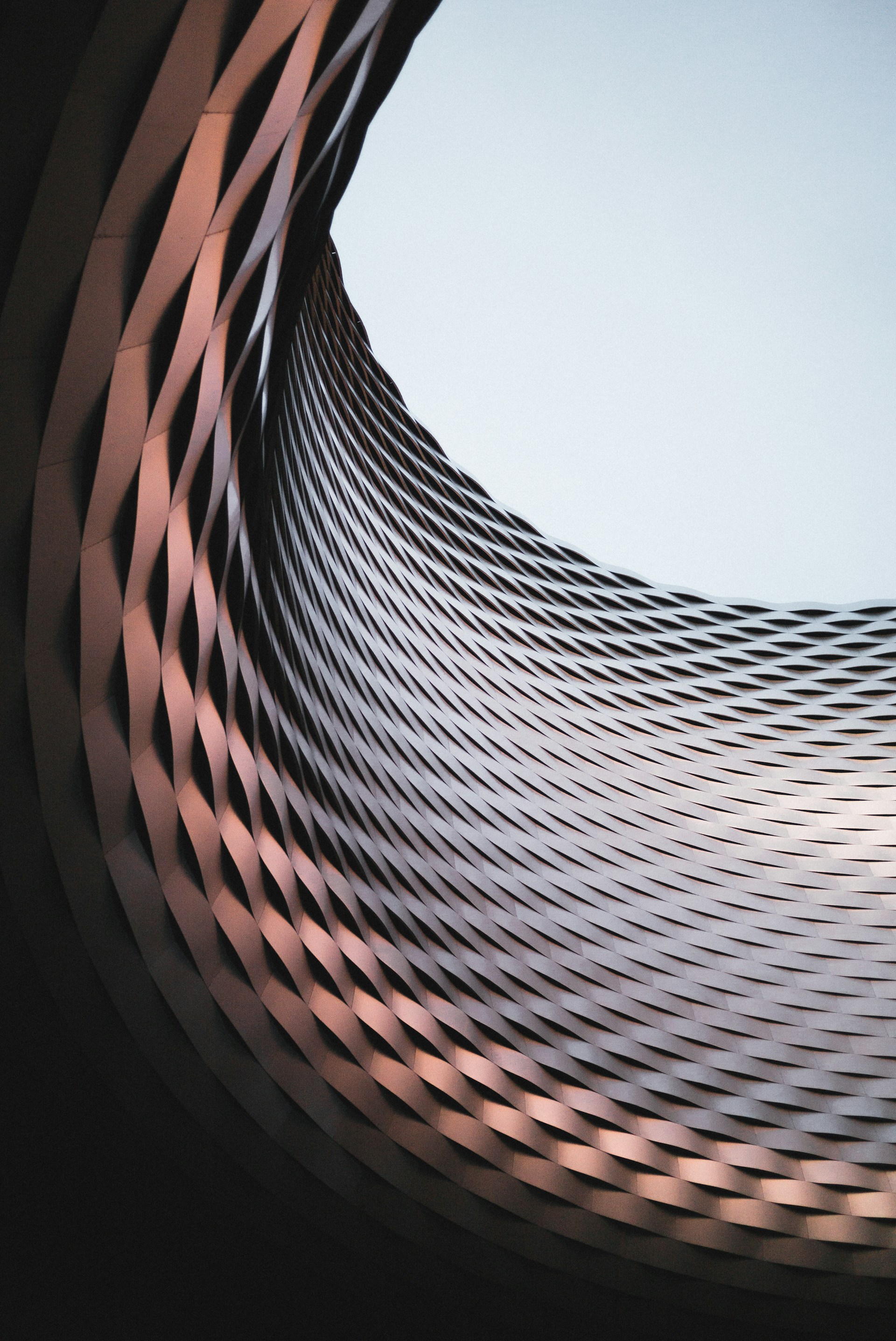Understanding Scoliosis
At CBP Precision Spine Center Dr. Richard Marchetti DC, a renowned chiropractor and scoliosis specialist, is committed to educating and assisting patients in managing scoliosis. Whether you’re seeking relief, answers, or a deeper understanding of this condition, our team is here to guide and support you every step of the way.
What Is Scoliosis?
Scoliosis is a condition where the spine curves abnormally, forming an “S” or “C” shape when viewed from behind. Unlike a healthy spine, which aligns straight down the back, a scoliosis-affected spine bends sideways. The severity of this curvature can vary, with some cases requiring medical attention to prevent further complications or progression.
Scoliosis and Treatment


Types of Scoliosis
Thoracic Scoliosis
This type involves a sideways curve in the upper and middle back, making it the most commonly seen form of scoliosis.
Lumbar Scoliosis
It occurs in the lower spine, or lumbar region, and is often identified by a noticeable "C"-shaped curve in this area.
Double Curve (S-curve) Scoliosis
Also known as S-curve scoliosis, this form features two opposing curves in the spine, creating an "S" shape.
Thoracolumbar Scoliosis
It affects the area where the upper and lower back meet, resulting in a curve at the junction of the thoracic and lumbar regions.


What Causes Scoliosis?
Scoliosis can develop for various reasons, depending on the type and underlying cause. Here are the most common types and their origins:
Idiopathic Scoliosis
The most prevalent form of scoliosis, idiopathic scoliosis, has no known cause, which is why it is termed “idiopathic.” It often develops during adolescence, particularly during rapid growth phases, and researchers are still exploring its underlying mechanisms.
Congenital Scoliosis
This form is present at birth and occurs due to irregular spinal development during fetal growth.
Neuromuscular Scoliosis
This type arises from conditions such as cerebral palsy or muscular dystrophy, which impair muscle function and the spine’s ability to maintain proper alignment.
Degenerative Scoliosis
Found in adults, this form is linked to age-related changes in the spine, such as disc degeneration, arthritis, or other degenerative conditions.



Child vs. Adult Scoliosis
Childhood Scoliosis
Scoliosis can appear during infancy, childhood, or adolescence, with the highest occurrence during adolescence when rapid growth takes place. Idiopathic scoliosis, the most common type among children and teens, has no known cause. While many cases are mild and manageable, severe cases can worsen over time and may result in complications such as decreased lung capacity or persistent back pain.
Adult Scoliosis
In adults, scoliosis often arises from age-related wear and tear on the spine, resulting in degenerative changes. This form, referred to as adult degenerative scoliosis, is commonly caused by the gradual deterioration of intervertebral discs and joints. Some adults may also have scoliosis that originated in childhood or adolescence, whether it was treated or not. Symptoms frequently experienced by adults include back pain, stiffness, and limited mobility, which can worsen as the spinal curvature advances.
Causes of Scoliosis
Although scoliosis can result from conditions like cerebral palsy or muscular dystrophy, the majority of cases are classified as idiopathic, meaning their exact cause remains unknown. Ongoing research aims to uncover the genetic and environmental factors contributing to idiopathic scoliosis, with the goal of identifying the underlying mechanisms in the future..
